Curious about how long did Japan occupy Korea? Well, you’re in for a fascinating journey.
Let’s dive into the history, exploring the origins, timeline, and resistance against Japanese rule.
We’ll also uncover the aftermath of liberation and the lasting impact on Korea.
Get ready to discover the innovation that arose from this tumultuous period.
So, fasten your seatbelt and prepare for a ride through the captivating story of Japan’s occupation of Korea.

The Origins of Japan’s Occupation
If you’re curious about how Japan came to occupy Korea, let’s delve into the origins of this occupation.
It all began in the late 19th century when Japan underwent a transformation known as the Meiji Restoration.
Seeking to modernize and expand its influence, Japan set its sights on Korea, which was seen as a strategic gateway to China.
In 1876, Japan forced Korea to sign the Treaty of Ganghwa, which opened Korean ports to Japanese trade and marked the beginning of Japan’s increasing control over the peninsula.
Over the next few decades, Japan would manipulate Korean politics, exploit its resources, and establish a colonial government.
This occupation not only transformed Korea but also laid the foundation for the tumultuous relationship between the two countries that persists to this day.
The Timeline of Japan’s Control Over Korea
After establishing increasing control over Korea through manipulation of its politics, exploitation of its resources, and the establishment of a colonial government, Japan occupied Korea for a period of time that lasted until the end of World War II.
The timeline of Japan’s control over Korea can be divided into three main phases.
The first phase began in 1910 when Japan officially annexed Korea and imposed its rule.
During this time, Japan implemented policies to assimilate Koreans into the Japanese culture and economy.
The second phase, from the late 1930s to the early 1940s, saw Japan intensify its control over Korea and enforce harsh measures to suppress Korean identity and culture.
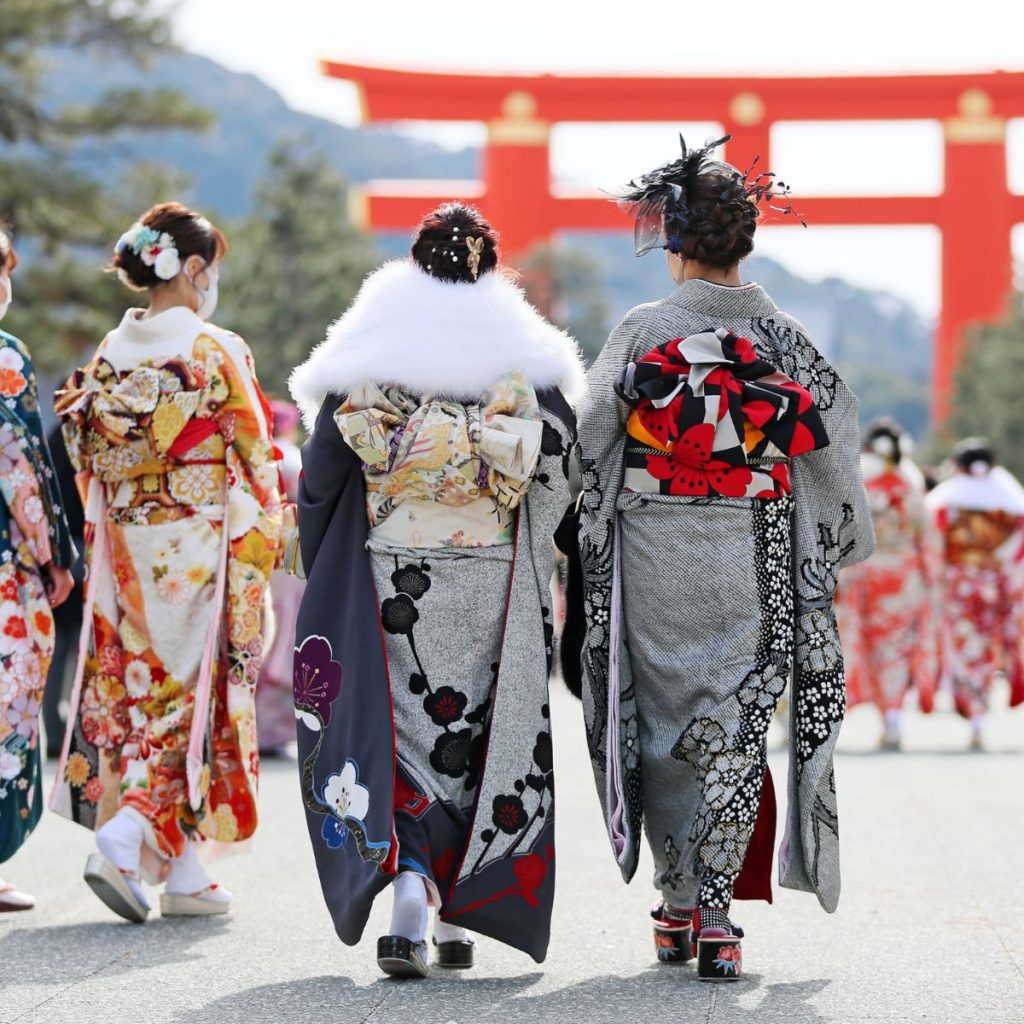
Resistance and Uprising Against Japanese Rule
During Japan’s occupation of Korea, you witnessed a growing resistance and numerous uprisings against Japanese rule.
The Korean people, fueled by a desire for innovation and freedom, rose up against their oppressors in various ways.
They formed secret societies, such as the Righteous Army, which carried out acts of sabotage and assassination against the Japanese authorities.
These acts of resistance weren’t limited to armed rebellion; Koreans also expressed their discontent through cultural movements and protests.
Intellectuals and artists played a crucial role in promoting Korean identity and resisting Japanese assimilation efforts. Through their writings, paintings, and performances, they sought to preserve their cultural heritage and inspire a sense of national pride.
The resistance and uprisings against Japanese rule demonstrated the Korean people’s unwavering determination to reclaim their autonomy and forge their own path toward progress and innovation.
The End of Japan’s Occupation: Liberation and Aftermath
As the resistance and uprisings against Japanese rule persisted, you frequently witnessed the determination of the Korean people to reclaim their autonomy and forge their own path towards progress and innovation.
Finally, on August 15, 1945, Japan announced its surrender to the Allies, marking the end of its occupation of Korea. The Korean people celebrated this momentous occasion as they embraced their long-awaited liberation.
However, the aftermath of Japan’s occupation posed numerous challenges.
The country suffered from significant economic and infrastructural damage, and the Korean people faced the daunting task of rebuilding their nation from the ground up.
Nonetheless, their unwavering spirit and thirst for innovation propelled them forward.
They harnessed their resilience and creativity to transform Korea into a thriving hub of technological advancements and cultural excellence, solidifying its position as a global leader in innovation.
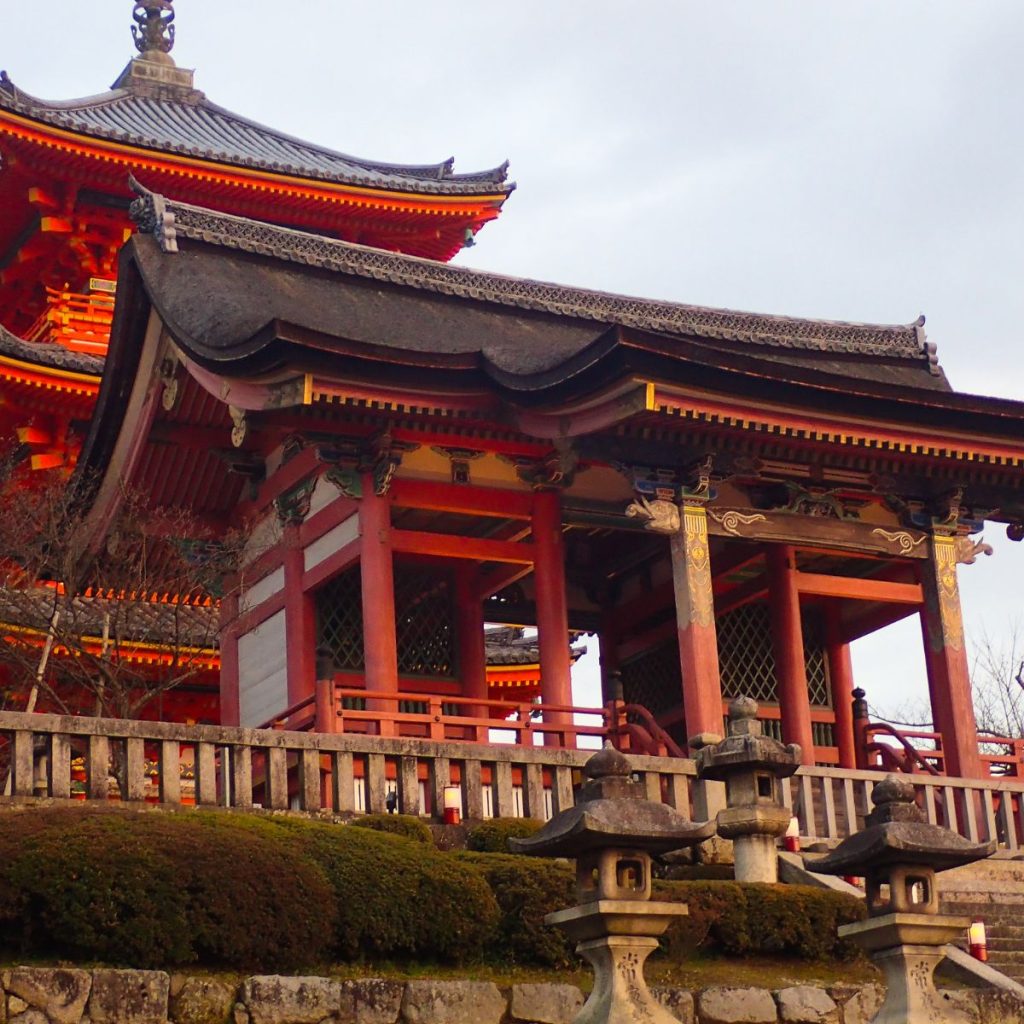
The Lasting Impact of Japan’s Occupation on Korea
Japan’s occupation of Korea had a profound and enduring impact on the country’s economy, infrastructure, and cultural landscape.
As a reader who desires innovation, it’s important to understand the lasting implications of this occupation.
Firstly, Japan implemented various economic policies that aimed to exploit Korea’s resources for its own benefit.
This resulted in the dismantling of traditional Korean industries and the establishment of Japanese-controlled industries, leading to a long-term dependence on Japan for economic growth.
Secondly, Japan’s occupation brought about significant changes in Korea’s infrastructure, with the construction of railways, roads, and buildings that reflected Japanese architectural styles.
Lastly, the occupation also left a deep imprint on Korean culture, as the suppression of Korean language and traditions forced the Korean people to adapt to Japanese customs.
These lasting impacts continue to shape Korea’s identity and its pursuit of innovation in the present day.
So How Long Did Japan Occupy Korea?
Overall, Japan occupied Korea for a period of 35 years, from 1910 to 1945.
During this time, the Korean people faced numerous challenges and hardships under Japanese rule.
However, they also demonstrated immense resilience and resistance against their oppressors.
The liberation of Korea in 1945 marked the end of Japan’s occupation, but its lasting impact on Korea can still be felt today.
The occupation left deep scars, shaping the country’s history, culture, and relationships with neighboring nations.


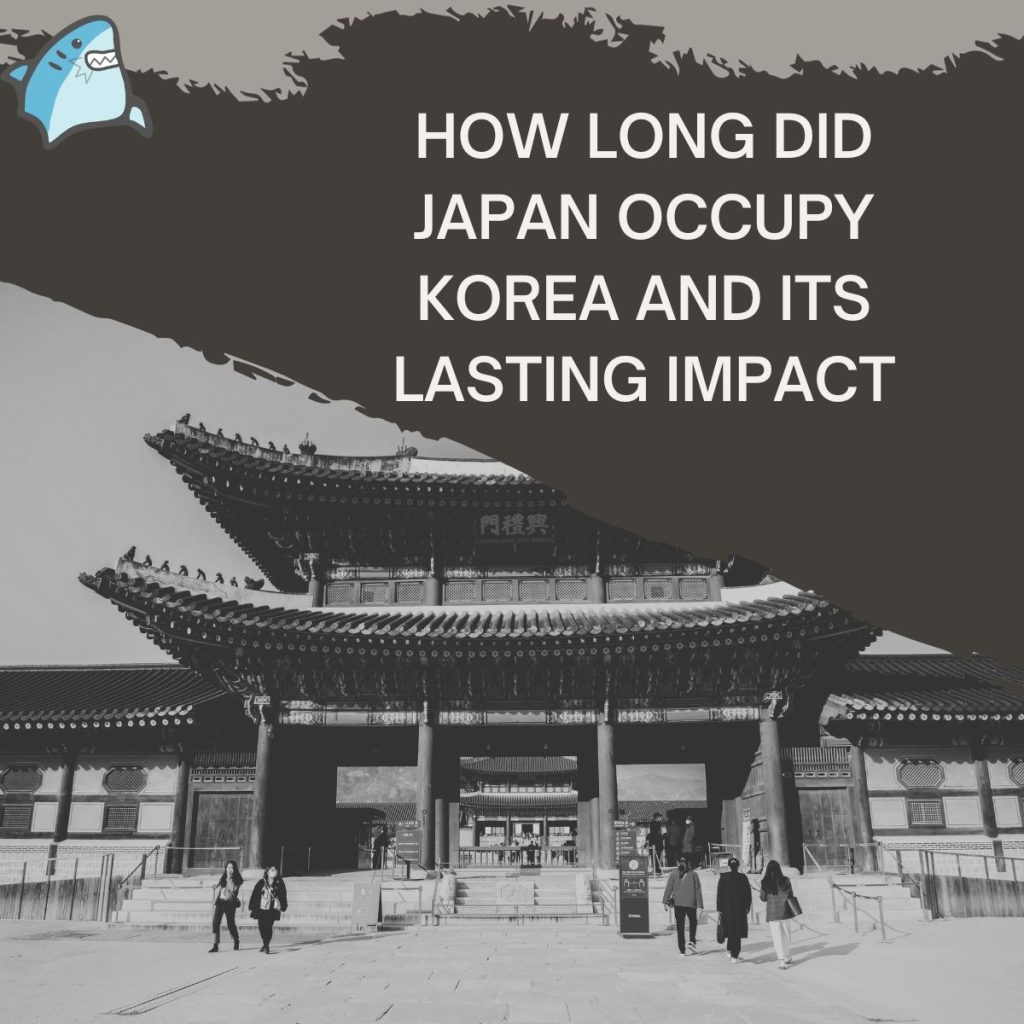


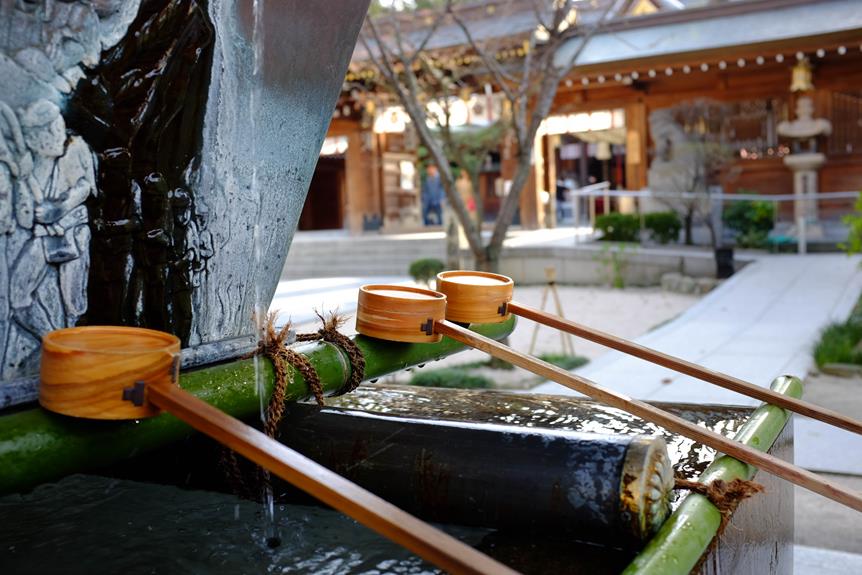
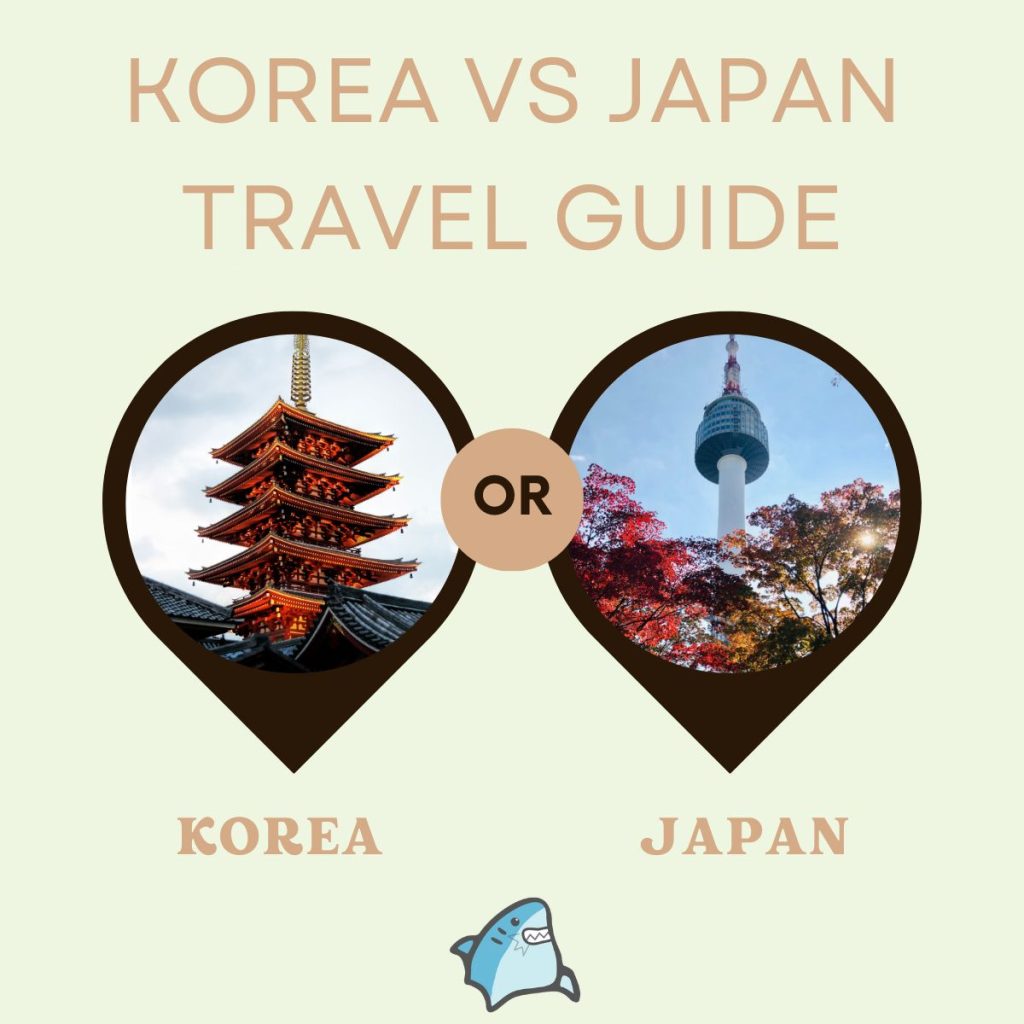
Konnichiwa! (Hello!) I'm Pat Tokuyama, a Japanese tofu cookbook author, who travels for music, food, and adventure. If you like Japanese tea, checkout some of the newestorganic japanese tea, matcha bowls and noren and more!
** Curious about the Plant Based Japanese Cooking Club? ** Learn more here!